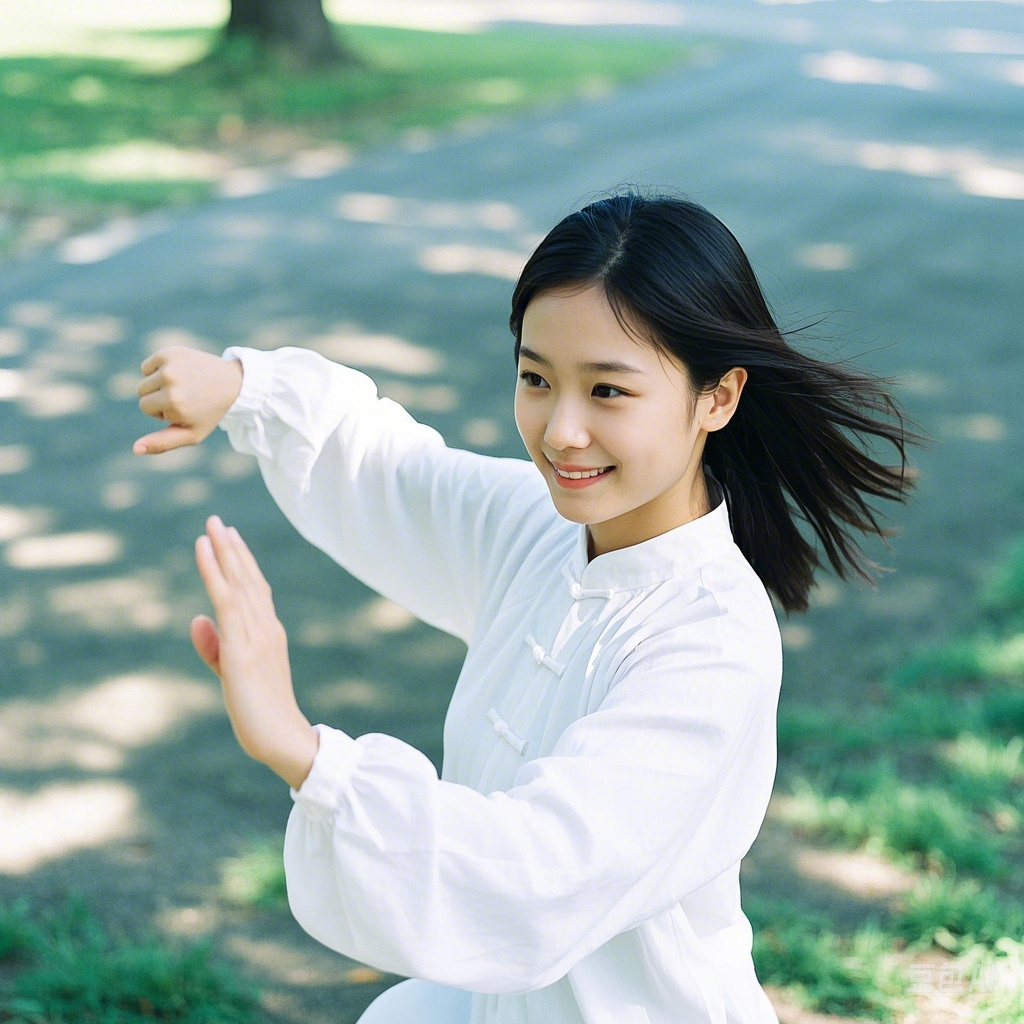Reduce Stress Naturally: How Tai Chi Can Improve Your Mental Wellness
In today’s fast-paced world, stress has become a silent epidemic. From work deadlines to financial pressures, many Americans struggle to find peace in their daily lives. But what if a 500-year-old Chinese practice could offer a natural solution? Tai Chi, often called “meditation in motion,” is gaining global recognition not just as a martial art, but as a powerful tool for mental wellness. Let’s explore how this gentle practice can help you reduce stress and reclaim inner calm.

The Science Behind Tai Chi and Stress Relief
Modern research supports what ancient Chinese masters knew instinctively: Tai Chi harmonizes the mind and body. Studies from institutions like Harvard Medical School show that Tai Chi:
- Lowers cortisol levels: The slow, deliberate movements reduce the body’s production of stress hormones.
- Boosts serotonin: Regular practice increases “feel-good” neurotransmitters linked to mood regulation.
- Activates the parasympathetic nervous system: Deep breathing and mindfulness shift the body from “fight-or-flight” to “rest-and-digest” mode.
Unlike high-intensity workouts that strain the body, Tai Chi’s fluid motions create a calming ripple effect—both physically and mentally.
3 Tai Chi Moves to Try for Instant Stress Relief
You don’t need to be a martial arts expert to benefit from Tai Chi. Here are three beginner-friendly moves:
-
“Wave Hands Like Clouds” (云手)
- Stand with feet shoulder-width apart.
- Shift weight gently from one leg to the other while swaying your arms in horizontal arcs.
- Focus: Visualize stress “dissolving” with each slow sweep.
-
“Standing Like a Tree” (站桩)
- Stand upright, knees slightly bent, arms rounded as if hugging a large ball.
- Breathe deeply for 2–5 minutes.
- Focus: Imagine roots grounding you to the earth, stabilizing your emotions.
-
“Parting the Wild Horse’s Mane” (野马分鬃)
- Step forward while guiding one hand upward and the other downward.
- Focus: Sync your breath with movement to release tension.
Why Tai Chi Works for Modern Lifestyles
Tai Chi’s appeal lies in its adaptability:
- Time-efficient: Even 10 minutes daily can reduce anxiety.
- No equipment needed: Practice anywhere—parks, offices, or living rooms.
- Cultural bridge: It blends physical exercise with mindfulness, appealing to Americans seeking holistic wellness.
As Dr. Peter Wayne, a Harvard Tai Chi researcher, notes: “Tai Chi is like a smartphone update for your nervous system—it optimizes your body’s response to stress.”
How to Start Your Tai Chi Journey
- Find a local class: Check community centers or studios offering Tai Chi for beginners.
- Use online resources: YouTube channels like Tai Chi for Health Institute provide free tutorials.
- Practice consistency: Start with 5-minute sessions and gradually increase.
Final Thought
Tai Chi isn’t just about moving slowly—it’s about moving intentionally. By integrating this ancient practice into your routine, you can build resilience against stress while connecting with a timeless cultural tradition. As the Chinese proverb says: “A calm heart sees clearly.” Let Tai Chi guide you toward that clarity.